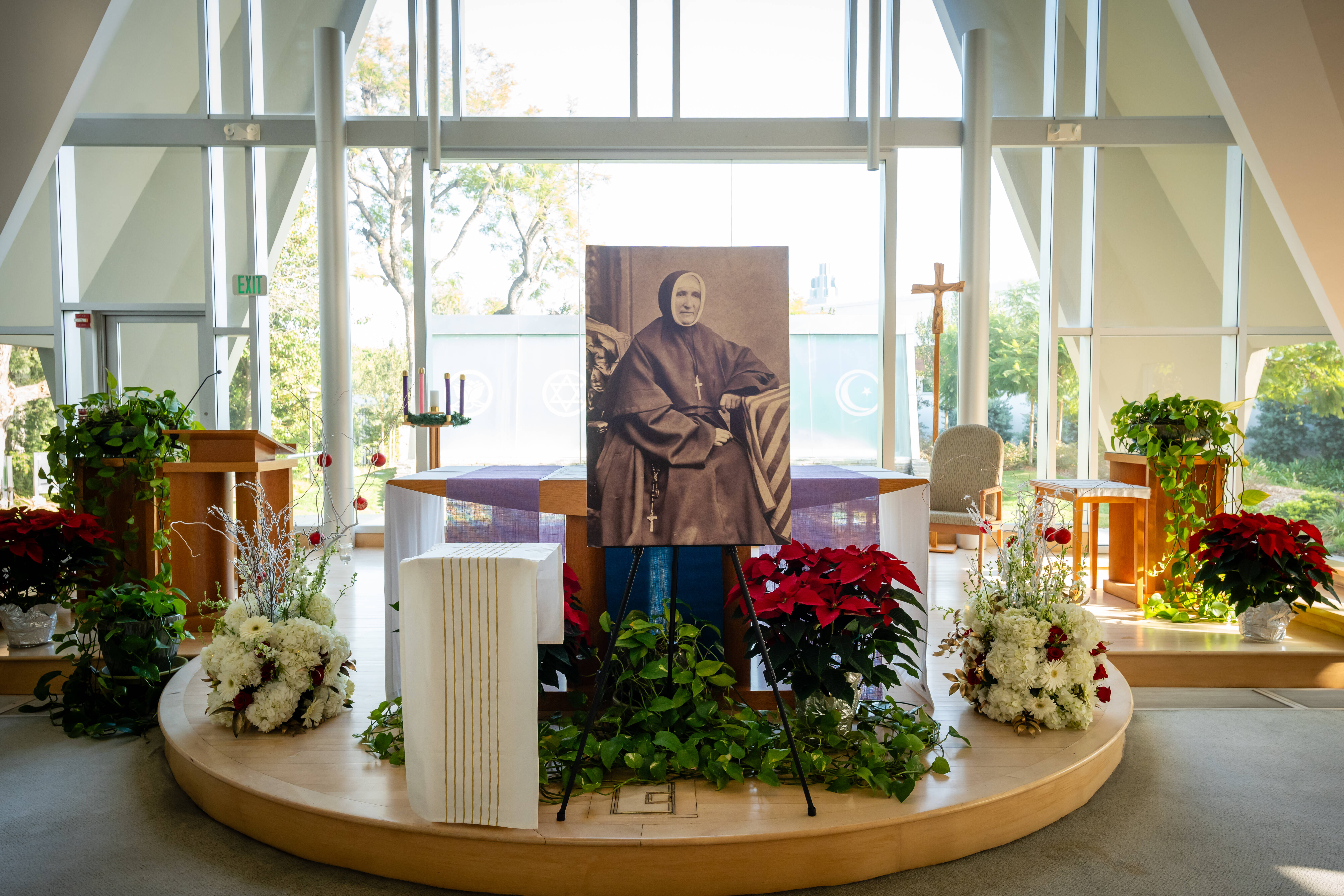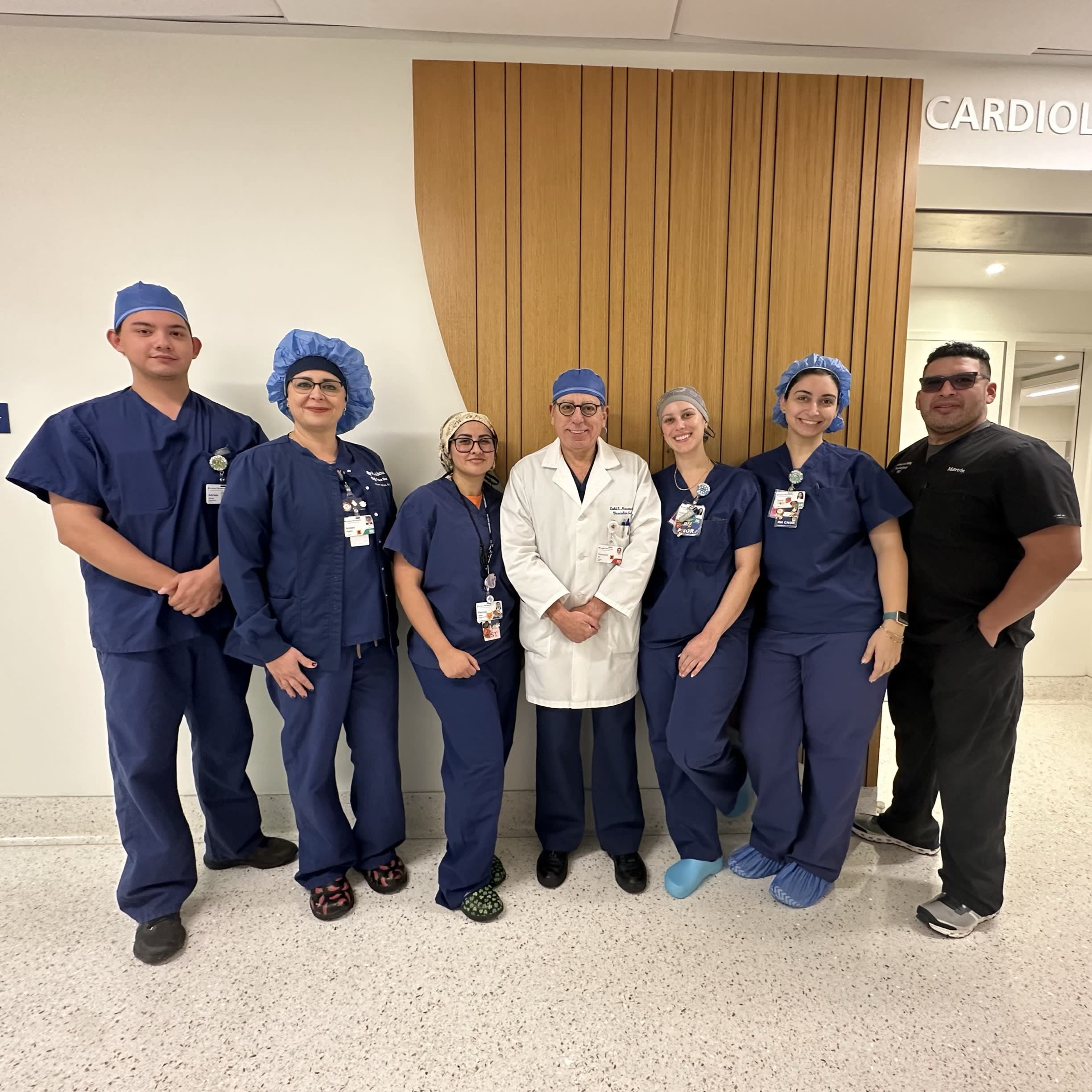Total Joint Replacement
 Major improvements in joint replacement surgery have made patient recovery easier and the results longer-lasting.
Major improvements in joint replacement surgery have made patient recovery easier and the results longer-lasting.
When she was in her late 30s, Lesley Norris injured her right knee in a water-skiing accident. “I thought it would start getting better over the years, but it got worse,” says the 58-year-old Moorpark resident.
Sumit H. Rana, MD, an orthopedic surgeon at Providence Cedars-Sinai Tarzana Medical Center, came highly recommended. During her appointment, Norris explained her situation while he
listened carefully. After examining her X-rays, Dr. Rana told her that her knee had become very arthritic.
This is how he begins with all his patients: “I start with sitting down and listening to them tell me about their problem,” Dr. Rana says. “Arthritis pain is achy in nature. It is associated with weight-bearing activity, and it is typically progressively worsening,” he says. “In severe hip and knee arthritis, the joint space is collapsed, which is easy to see on weight-bearing X-rays,” he adds, referring to images taken while the patient is standing.
When a joint deteriorates, the condition is called osteoarthritis. Causes include simple wear and tear, doing a lot of highimpact exercise, a fracture or genetics—not everyone has cartilage that was designed to last for 80 years, explains Dr. Rana. The decision isn’t one to be taken lightly, so before he recommends joint replacement surgery for anyone, Dr. Rana takes into account how much a patient is suffering. “The main consideration is pain,” he says.
Lesley Norris was ready for total knee replacement. She had always been active and was tired of the constant pain in her knee. A cortisone shot had helped, but only for a short time, and she did not want to take pain pills long-term. Finally she decided, “I wanted my quality of life back,” she says. Dr. Rana explained exactly what to expect with the surgery, which she very much appreciated, and in October 2020 she received a total knee replacement.
Surgery for this procedure takes about an hour and a half. Hospital stays after the operation are much shorter than in decades past. “Patients used to stay in the hospital for three weeks after this procedure,” Dr. Rana says. Today patients are up and walking within hours of surgery and go home the same day or within 24 hours. Norris was walking with the help of a walker the day of her operation and was able to go home that day.
This is due in part to another improvement: Pain management has become more efficient, according to Dr. Rana. Some medications that are given to patients just before surgery have been shown to help reduce pain afterwards. During surgery, Dr. Rana administers a special
injection into the back of the knee, and the anesthesiologist gives the patient a shot called an adductor canal block, which numbs the front of the knee. Patients are given a spinal anesthetic instead of general anesthesia when possible, to help avoid post-op nausea and vomiting.
The components of the artificial joints are much more durable than they were in the past. New joints are made of a combination of cobalt chrome, titanium and medical-grade plastic called crosslinked polyethylene, Dr. Rana explains. “The old polyethylene used to wear faster than the newer highly cross-linked polyethylene.”

Complete recovery from the surgery can take between two and four months. “Patients are up and walking the day of surgery, but for me, full recovery is when patients forget they ever had surgery,” Dr. Rana says. “Of course, everyone is an individual, and some patients will be faster than the average and others will be slower.”
Norris was determined to follow Dr. Rana’s instructions to keep her recovery on track. She did her physical therapy exercises as often as she could and began driving again three weeks after the surgery. At four months, she was ready to resume playing pickleball but, as she was counseled, was cautious about partaking in high-impact activity—the knee replacement has mechanical parts that can wear out. Dr. Rana makes the analogy that he had given Norris a Ferrari with brand-new tires: “He says, ‘You can drive your Ferrari on nice paved roads or you can take it to the track and burn out your wheels. The latter will cause your wheels to wear out sooner, but you can do it if you want.’ ” She took his words to heart. “I don’t want to injure my new knee. It’s so much better than being in pain every day.”
To learn more about this program or for a physician referral, call 888-HEALING (432-5464).



